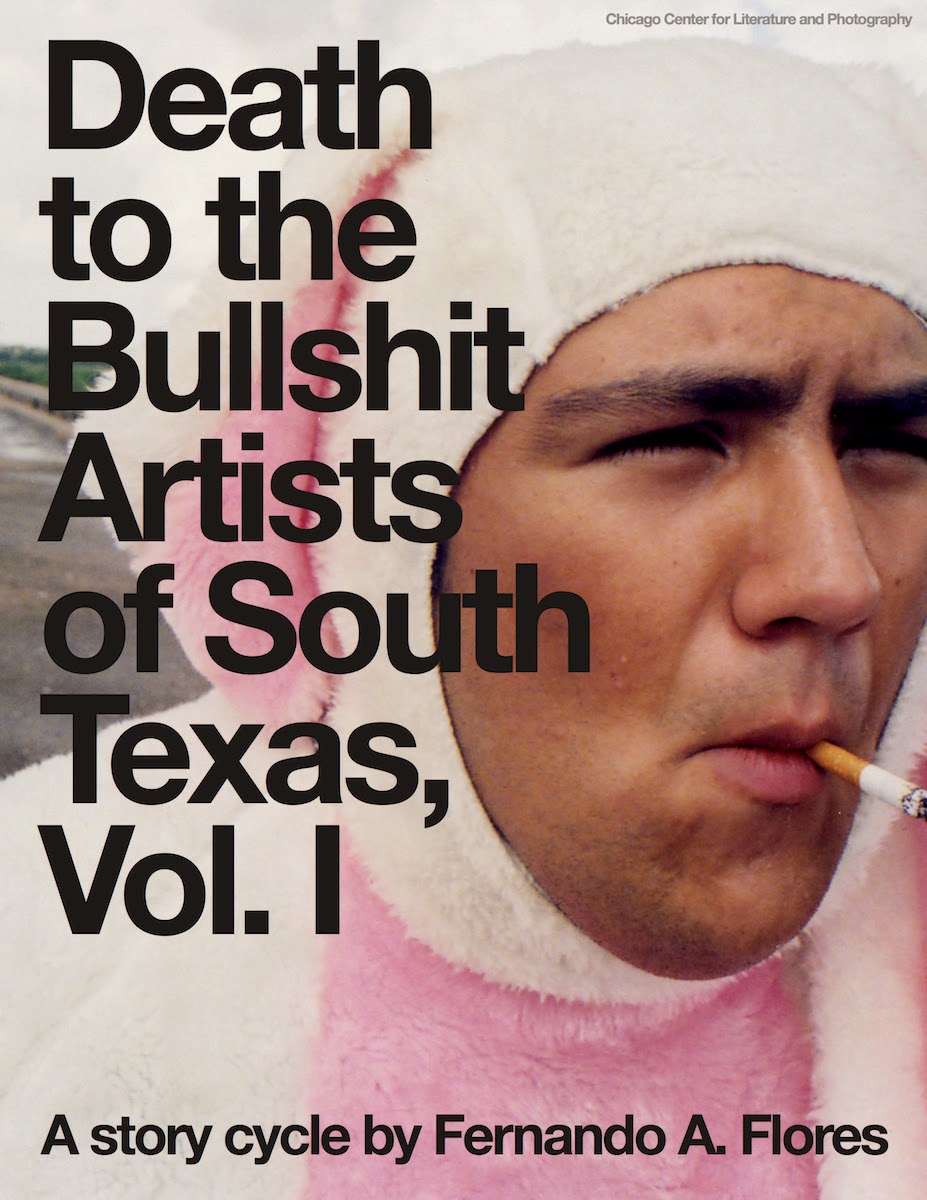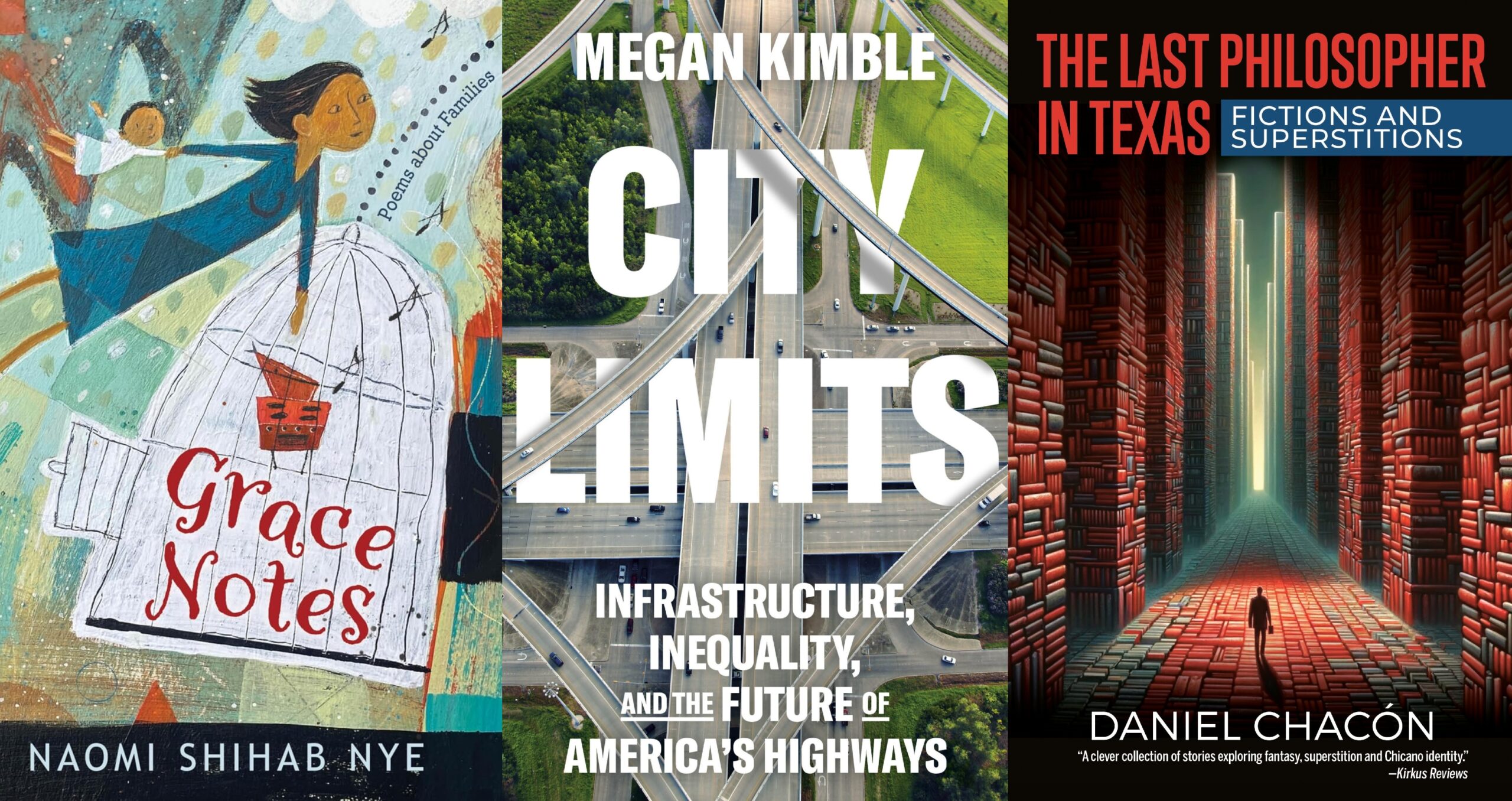
Punk Rock, McAllen Division: Fernando A. Flores’ Death to the Bullshit Artists of South Texas, Vol. 1
The Rio Grande Valley has never been known as a haven for punk rockers, unless you lived there during the late ’90s and early ’00s and were in on the secret. Then, perhaps, you knew the truth: that the spirit of punk rock lived in rented banquet halls and all-ages matinee shows and in teenagers who started bands because they lived five hours from any city that touring acts ever came through, so if they wanted to see live music they had to make it themselves. Decades after the bored, disaffected youth of London and Los Angeles and New York turned their alienation into three chords and something for their friends to chant along to, that same spirit infused young people in one of the most alienated parts of Texas, maybe the entire country.
That’s the easy punk-rock mythology: a seductive blend of despair and heroism that’s led generations to tattoo Black Flag bars on their bodies or pin anarchy symbols to the backs of their leather jackets. Like all mythology, it’s also bullshit.
Fernando Flores’ book of short fiction, Death to the Bullshit Artists of South Texas, Vol. 1, captures both the seductive mythology and the obvious bullshititude of the Valley’s punk-rock moment as it existed at the turn of the millennium. It was a close-knit scene in fiction and in reality—so small it could reasonably be described as incestuous (for example: after we both fled South Texas for Austin 12 years ago, Flores was my first roommate in the capital), and the collection captures its aimlessness in vivid detail.
In the book’s first of seven stories, the nameless boys who make up the nameless “House Band for the Hotel Cuerpo de la Paz” listen to early Weezer albums and play Metallica songs as a joke. In another, the members of a band called Pinbag sell their plasma to buy instruments, then sell their instruments to buy drugs. By the time the book reaches its centerpiece, “Bread8 v. Copal Brandt (R.)”—a story whose plot hinges on a paucity of reliable Internet access—it’s abundantly clear that most of this book takes place 15 years in the past.
But then that’s long been a gag among the sorts of people Flores’ book is about: When the end of the world comes, I want to be in the Valley, because it’s 15 years behind everywhere else! Dreaming big when you’re in—and from—a place like the Valley engenders, in people like the bullshit artists Flores depicts, a cynical desperation that tells them their hopes and dreams can’t be real.
These pieces work best when they dive head-first into those characters. With the exception of “Bread8 v. Copal Brandt (R.),” most of them aren’t really stories, per se—they’re character sketches that hew closely to the interior lives of their characters. When the book stumbles, it does so because it leaves the Valley and the inner lives of people trying to reconcile the conflicting beliefs that 1) they must be something special, and 2) the things they dream of don’t happen to people like them. The 21-page “The Performances of Liliana Krauze” is both the book’s longest and its weakest story, because it lacks that singular focus.
Though there’s a lot to appreciate in Death to the Bullshit Artists of South Texas, it’s also likely to alienate many readers among its most likely audience: people who know the scene, the region, the time, and the desperation that Flores describes. Members of the Valley band Inkbag, the obvious real-life inspiration for Flores’ Pinbag, may well take offense at the emotional truths that Flores tells about their lives. Some members of the real Bread8 may be flattered that Flores loves their name so much (say it in Spanish, with a dirty mind); other members will probably read about this fictitious band parading their name and feel even more ignored.
But that’s the nature of a book whose depiction of its setting requires exposing such a small, tight-knit scene. The real-life punk rockers on whom Flores bases some of his stories may take umbrage at seeing their bullshit so plainly laid bare, but these stories—and the scene they portray—are art about art and artists, and the truth is that any of Flores’ inspirations might have written the same thing.
That, ultimately, is what makes Death to the Bullshit Artists of South Texas work: It captures a time and place in which despair and hope combined into punk rock, and one in which all the local heroes would ultimately be forgotten. The “bullshit” slung by the artists in this book is the belief that punk rock is worth playing, and that the scene that springs from it is worth believing in. That’s why Flores’ book rings true. These stories are the same kind of art their characters make: desperate, grim and hopeful all at once.


